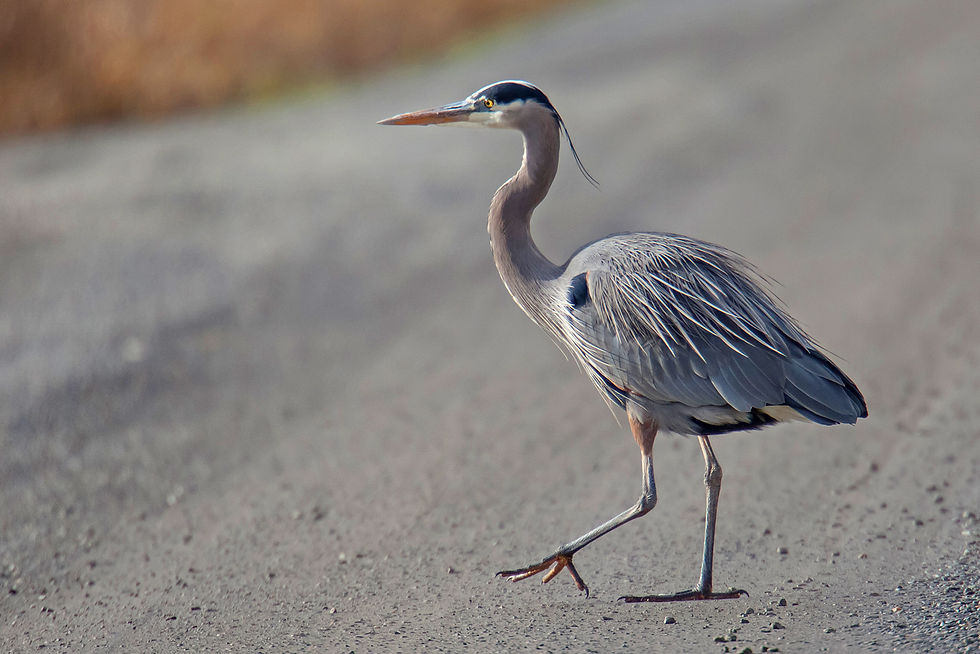Ridgefield National Wildlife Refuge
- David Anderson
- Feb 18, 2019
- 3 min read
Created in 1965, the Ridgefield National Wildlife Refuge’s original mission was to provide a
wintering ground for the Dusky Canada Goose. Since then, the refuge’s mission has expanded to

include preservation of habitat for songbirds, various waterfowl, wildlife and protect the most intact archaeological site on the lower Columbia River. The refuge lies along the Washington State side of the lower section of the Columbia River, about a 45-minute drive north from Portland, Oregon. It encompasses 5,300 acres of wetlands, grasslands and forests composed primarily of oak and cottonwood. The refuge is divided into 5 units but only two are open to the public; the River S Unit and the Carty Unit.
The Carty Unit preserves the archaeological site of the Chinookan people and contains the Cathlapotle Plankhouse. Built in 2005, it is a replica of plankhouses common to the native people of the region. In the spring and summer months it acts as an interpretive center for the history and culture of the native people who have called this area home for more than 2,300 years.
The Carty Unit is also where you will find the Oaks to Wetlands Trail. The trailhead is located at the parking lot for the Cathlapotle Plankhouse. The trail is composed of several intersecting loops which follow along lakes, wetlands and into oak forests. In the winter, this is a good place to observe and photograph swans and the occasional eagle. In the spring, you’ll be able to find plenty of wildflowers and songbirds.

The River S Unit will typically be the more interesting area for photographers due to the auto tour route. You’ll be able to cover a larger area of the refuge, a larger diversity of habitat and use your car as a shooting blind (the road is wide and there are plenty of pull-outs). Although the road is only a 4.5-mile loop plan on it taking an hour or more, keeping in mind the wildlife photography is an exercise in patience. Wildlife is typically more active at sunrise and sunset, so plan on visiting right when the gate opens or a couple of hours before it closes.

Equipment wise you’ll want to bring your biggest glass. I carry a Sigma 120mm – 300mm and a Canon 100mm – 400mm, as well as, a 1.4X teleconverter. You will also find a circular polarizing
filter helpful as will a small piece of foam to rest your lens on since you’ll be shooting out you open window and not from a tripod. I use a small section of foam pipe insulation slit down one side that clamps over the window. In order to get the sharpest image possible don’t forget to turn the engine off before pressing the shutter. Since I’m usually trying to isolate a subject, I shoot with the aperture almost wide open to limit the depth of field and try to keep my shutter speed above 250th of a second to prevent any motion blur.
Also located in the River S Unit is the Kiwa Trail. The trial is 1.5 miles long and is open from May 1 to September 30. It passes along small stands of oak and ash trees, sloughs, wetlands, and grasslands where you’re likely to see woodpeckers, swallows, wood ducks, herons, and a turtle or two.
If you plan on visiting the refuge it’s advised to check the website for visiting hours since they change seasonally, and the types of wildlife you’re likely to encounter (link provided below).














Comments